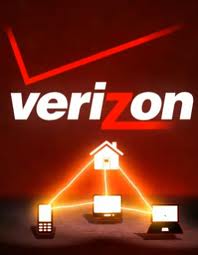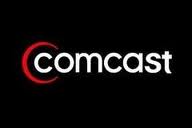Industry
History of Home Energy Management Systems
By Robb Miller
| Reading time 1 minute
In 2011 there was a battle brewing among electronics retailers (Best Buy, Home Depot, and others), Telecommunications Companies (Verizon, AT&T & others) and Cable Companies (Comcast, others). The battle is for the control of your home, or rather, helping you navigate the new technologies that will assist you control your home.

Best Buy plans to start selling home energy management products and services in the next month or so. Best Buy stores in three test markets – Chicago, Houston and San Francisco – will roll out smart thermostats and outlets, energy use monitors and other products. (Interestingly, the company chose those markets because of differing climates, energy sources and control thermostats). The retailer already sells General Electric’s Nucleus energy management system, which allows consumers to control thermostats and connected appliances. As well, Best Buy’s Geek Squad already provides home energy audits.

Verizon is also aggressively moving into the home management space, with its Home Monitoring and Control Service. Verizon’s service lets customers remotely access, control and monitor doors, thermostat controls, and appliances, as well as view their energy consumption in near-real-time and study energy consumption over periods of time. Verizon is also committed to building a Smart Energy Ecosystem, in order to create a dynamic and interactive relationship between energy providers and users. For example, the Verizon relationship with Motorola Mobility/4Home seamlessly connects various devices in the home to the cloud, and allows for control over a smartphone.

Cable operator Comcast has also rolled out home surveillance and management service in six markets, with a product from iControl that enables customers to monitor their home 24/7 with video, turn lights on and off and thermostats up and down, and get alerts via email or text when a window open or something occurs. iControl will provide the software layer for the Xfinity-branded home service, while Comcast provides the broadband connection, a cellular company will provide a wireless link, and third-party hardware providers will make the dashboards and security gadgets.
Also in Industry
Solar Project Pipeline Totals 25.9 GW in 2011
By Eric Danziger | Sep 26, 2011
PG&E Interactive Energy Bus Stop and Add Our Real Time Electricity Pricing?
By Matthew Fong | Sep 21, 2011
Cleanweb Hackathon 2011
By Eric Danziger | Sep 15, 2011
Texas Heatwave hits 65,443 MegaWatt Peak Demand for Electricity
By Robb Miller | Aug 31, 2011

